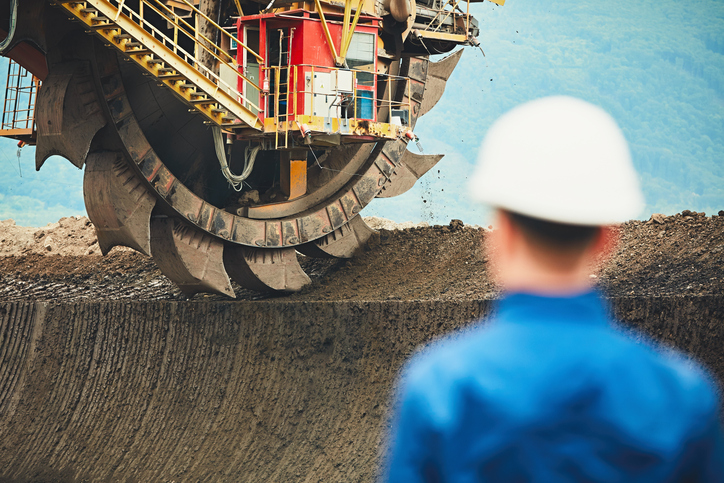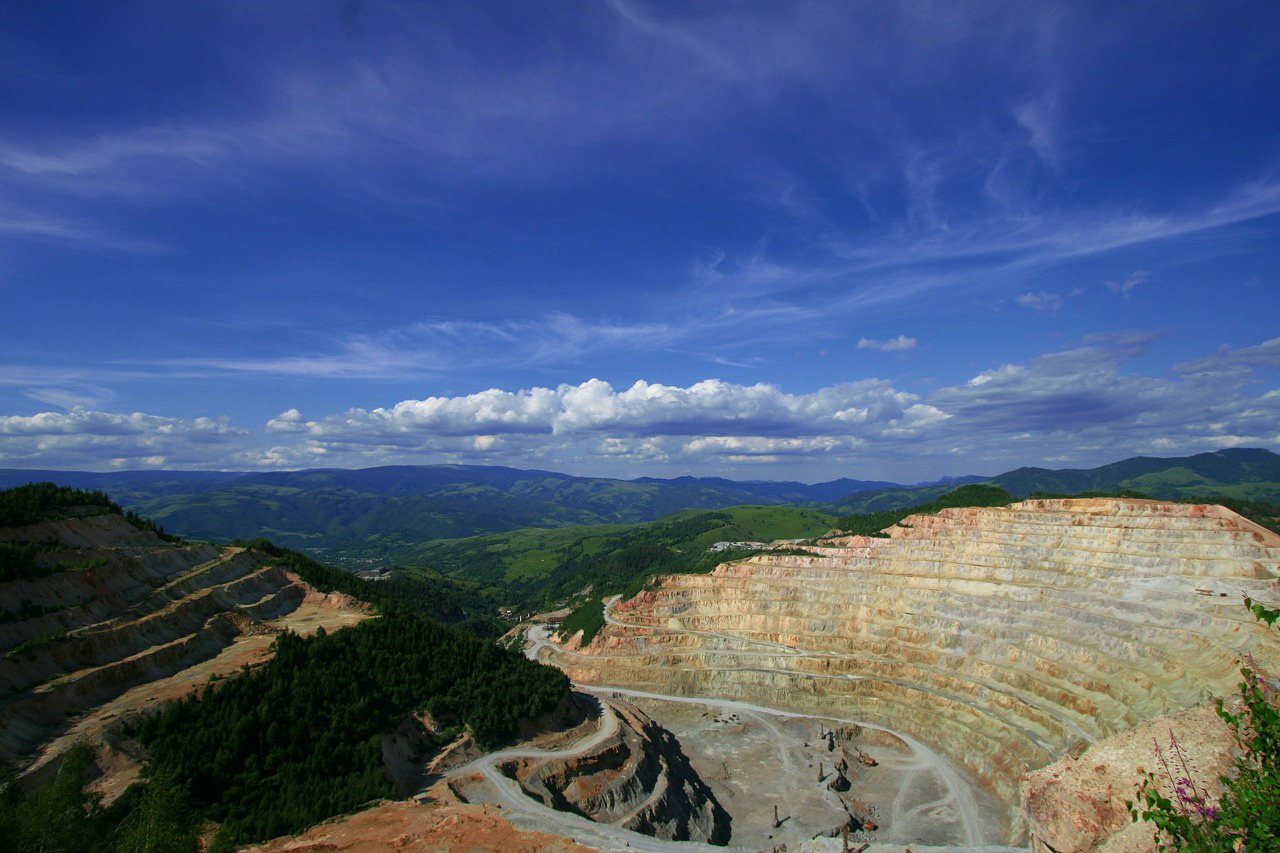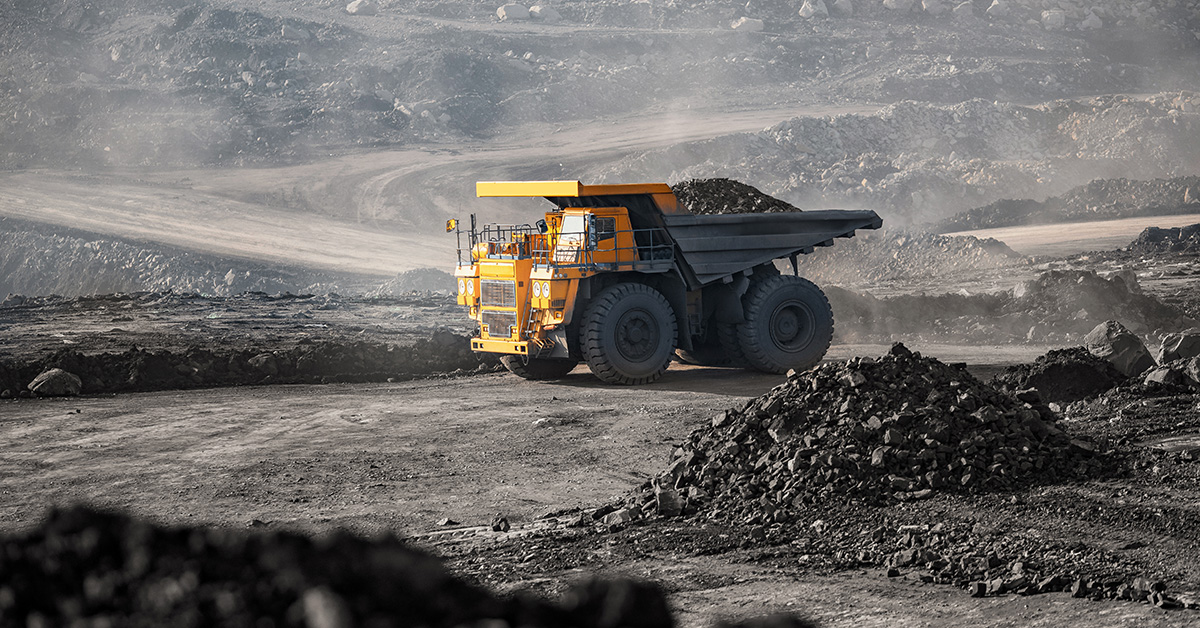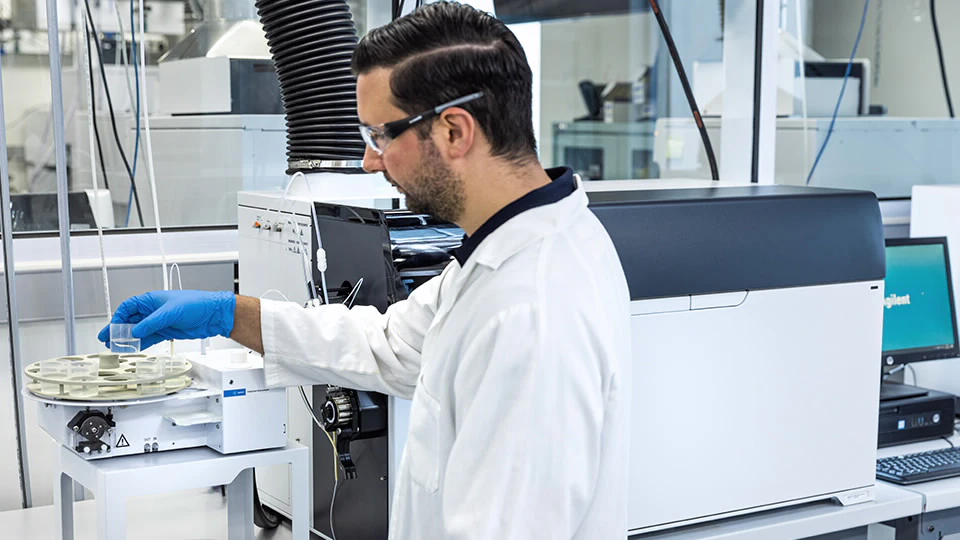
What is it?
Mining testing is a process that helps evaluate the safety, productivity, and environmental impact of mining operations, mining services, and the mine site. It involves collecting data from various sources such as geological surveys, graphical analysis, borehole drilling tests, hydrogeological studies, geophysical surveys and laboratory testing to ensure the quality and sustainability of mining projects.
This type of testing helps identify potential risks before proceeding with large-scale mining operations, helping to ensure that the safety of miners and environment is protected in the mining industry. Additionally, it also helps identify resources that are economically viable for extraction.
Mining testing is an essential part of any successful mining venture and is carried out by experienced professionals with specialized knowledge in order to maximize success. This testing should be used in any mine planning as any good mining engineering professional would advise.
What are the different types of mining tests?
Mining tests are used to assess potential mining sites and the quality of ore they contain. These tests can identify if a particular rock or mineral is economically viable for extraction, as well as provide information about the environmental impact of a particular mining operation.
There are several types of tests commonly used in the industry including geophysical surveys, chemical analyses, drill core sampling, and exploratory mining. Geophysical surveys use various techniques such as magnetometers, gravimeters, and seismic reflection to identify subsurface structures that may contain economically valuable ore. Chemical analyses involve taking samples from the site for laboratory analysis to determine the mineral content of an ore body.
Drill core sampling involves taking cylindrical samples of rock from different depths in order to determine the grade of ore as well as to determine overall mineral composition and structure. Exploratory mining or underground mining proposed by exploration companies involves digging trial pits or tunnels in order to gain a better understanding of the deposits present at a particular site. Each of these tests can provide important information for successful mining operations, allowing companies to make decisions that will maximize their profits while minimizing environmental impacts.
How do you test for mineral content?
Mineral content in water is tested using a variety of methods. A common method is to use colorimetry, which involves measuring the amount of light absorbed by different chemical compounds in the sample being tested. Another way to test mineral content is through ion-selective electrodes, which measure the electrical potential between two points and can be used to identify certain ions or minerals present in the sample.
X-ray fluorescence spectroscopy is also used to detect and quantify minerals in water samples, as it looks for the presence of specific chemical elements. Finally, Inductively Coupled Plasma Mass Spectrometry (ICP-MS) can be used to measure trace levels of minerals in a sample by analyzing the frequencies emitted by different particles.
What do MSHA (Mine Safety & Health Administration) inspectors look for?
MSHA inspectors are responsible for ensuring the safety and health of miners in the workplace. They look for a variety of conditions to ensure miners are following safety regulations, such as checking ventilation systems, guarding against hazardous machinery, inspecting electrical equipment, and monitoring fire risks. They also take into account worker practices like wearing personal protective equipment, using approved methods for lifting heavy objects, and following all regulations and guidance. This work practices should be spearheaded by company management which provides extensive training for employees.
Furthermore, MSHA inspectors review records of workplace illnesses and injuries to identify underlying safety issues that need to be addressed. Finally, they observe work areas to make sure miners are aware of hazards and have the necessary tools and equipment to do their jobs safely. MSHA inspectors play an important role in safeguarding the health and safety of miners.
What does a mining consultant do?
A mining consultant, also known as a mineral engineer or natural resources specialist, is responsible for helping companies and organizations extract the maximum value from their mining operations. They work closely with clients to assess and analyze geological data in order to develop cost-effective production plans that take into account environmental protection decisions. Mining consultants may also be tasked with developing mine reclamation plans, assisting with feasibility studies, monitoring safety and compliance issues, and providing expert testimony in legal proceedings.
In addition, they may be called upon to provide environmental consulting services for mining projects, advise on policy development related to the industry, and conduct research on new technologies and processes that could improve extraction practices. As such, mining consultants play an important role in helping organizations maximize their returns while promoting sustainable mining practices.
Need Help?
Our team of experts can help you with whatever compliance issues you may be facing. Whether it is understanding the complexities of a given regulation or recognizing where your company needs to improve, we have the necessary skills and experience to provide assistance. We will take the time to understand your unique needs and develop tailored solutions that address those needs. For facilites looking for help navigating the often perplexing regulatory landscape, contact us today!
Need Assistance?
What can iSi’s team of EHS Consultants do for you? Contact us!




